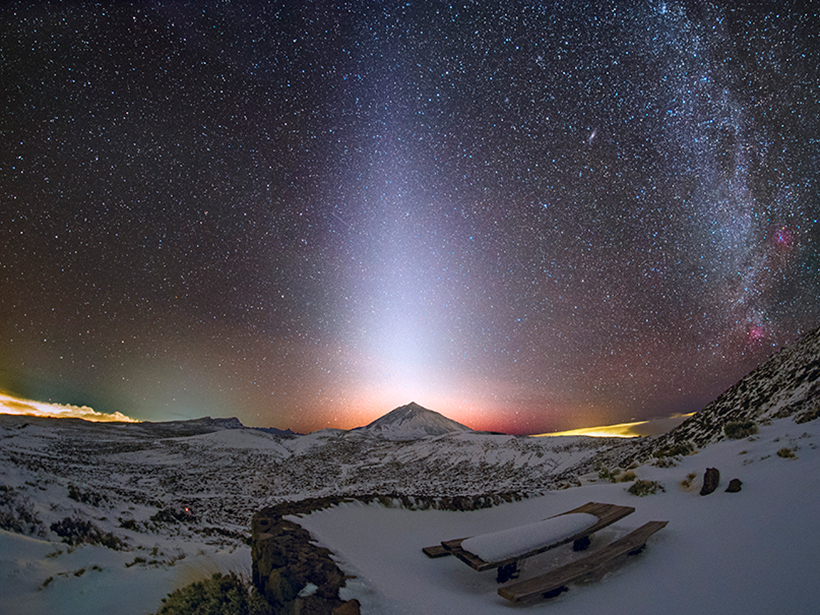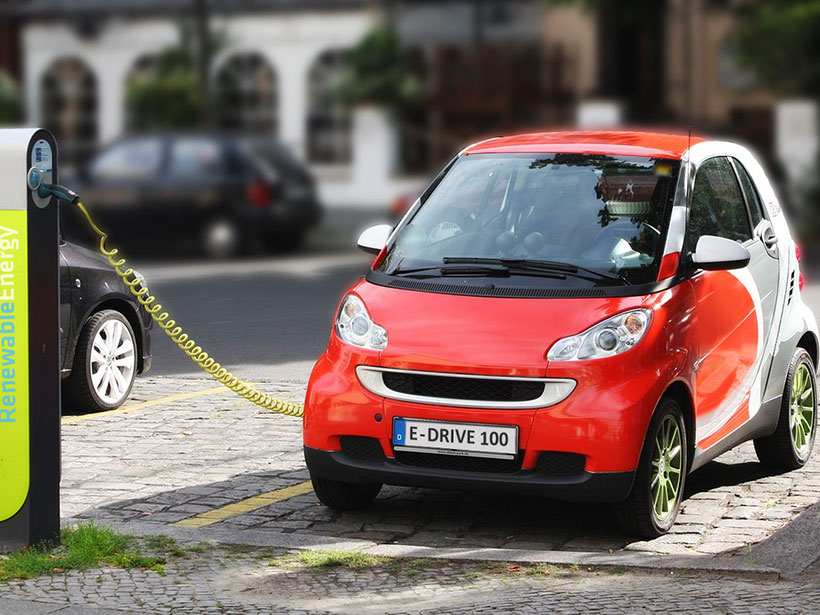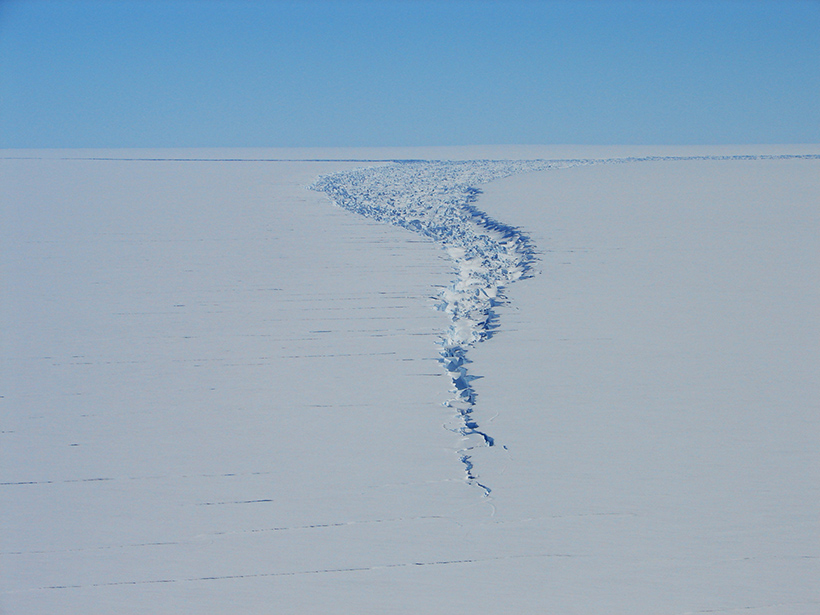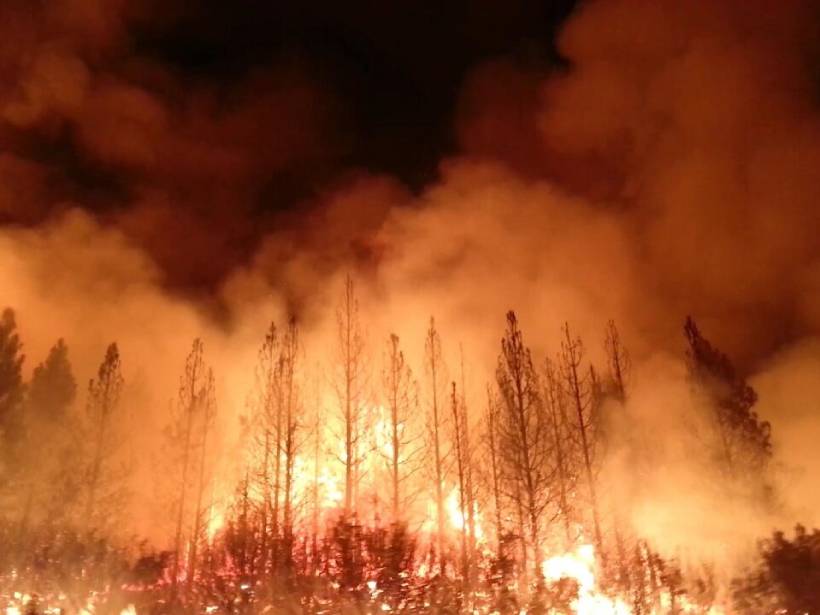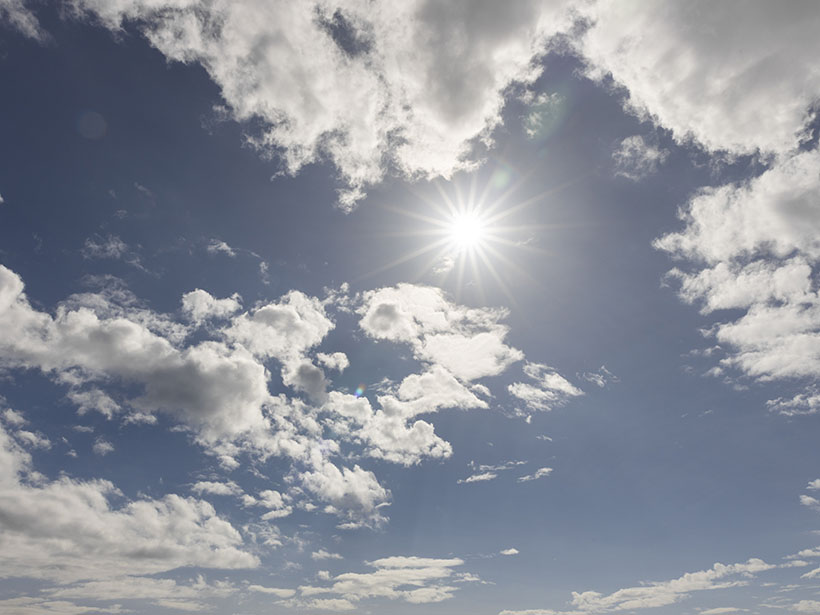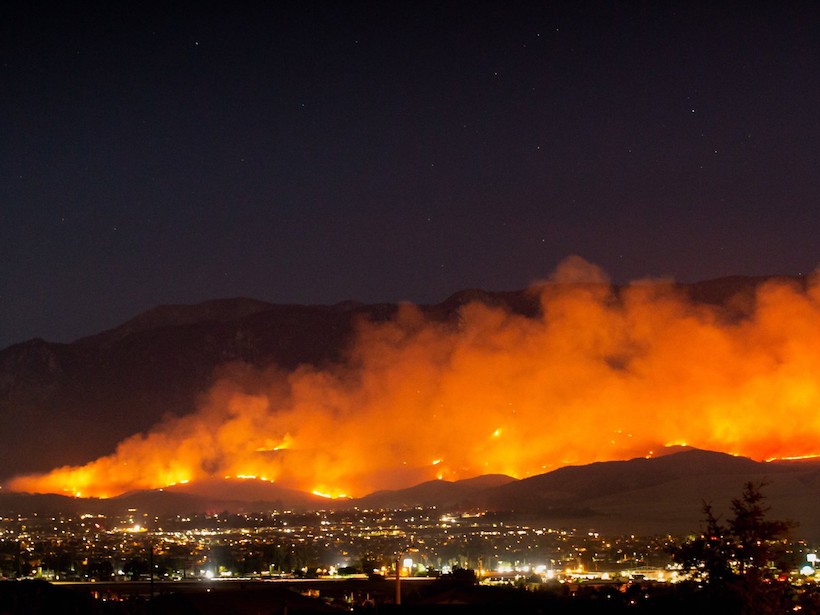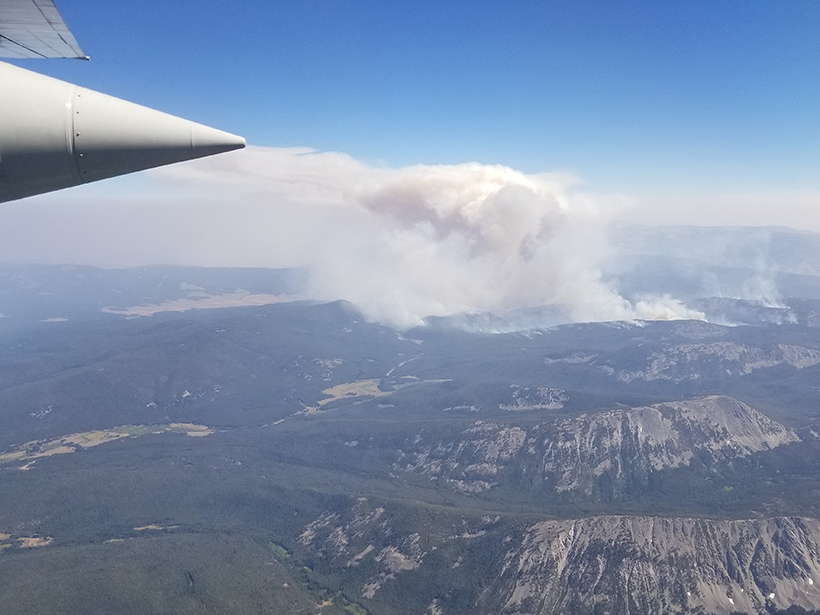Serendipitous observations by the Juno spacecraft while it was en route to Jupiter suggest a Martian source for the dust, but how the dust escapes Mars or its moons remains unknown.
Research Spotlights
Research spotlights are plain-language summaries of recent articles published in AGU’s suite of 24 journals.
Satellite Captures Detaching Iceberg in Near-Real Time
NASA’s ICESat-2 satellite recorded the cleaving of a 315-billion-ton iceberg from Amery Ice Shelf in 2019, as well as years of subtle cracking and splitting prior to the calving event.
Researchers Home in on the Age of the Yangtze River
Findings on the river’s age also have implications for past landscape change in Asia.
Widespread Wildfire as a Proxy for Resource Strain
Researchers have found a strong correlation between the number of days with widespread, synchronous fire danger and resource allocation across the western United States.
Rastreando cómo se mueve el plástico en el océano costero
Investigadores utilizaron un tanque de olas para estudiar el movimiento de partículas de plástico de forma experimental y comprender el papel de la densidad de partículas en el comportamiento de deriva.
Ice Age Testing Reveals Challenges in Climate Model Sensitivity
Increased reflection of incoming sunlight by clouds led one current-generation climate model to predict unrealistically cold temperatures during the last ice age.
Uncovering Patterns in California’s Blazing Wildfires
A study of trends in wildfire occurrence over the past 30 years shows that environmental, climatic, and human-related factors can point out regions with high fire probabilities.
Seeding Ice Clouds with Wildfire Emissions
Wildfires create airborne plumes of organic and inorganic matter as they burn. These particles can nucleate cloud-forming ice crystals and affect cloud dynamics, precipitation, and climate.
Carbon Capture Can’t Solve the Climate Problem Without Individual Actions
Individual choices like the adoption of electric vehicles are going to factor heavily in meeting the climate objectives of the Paris Agreement.

